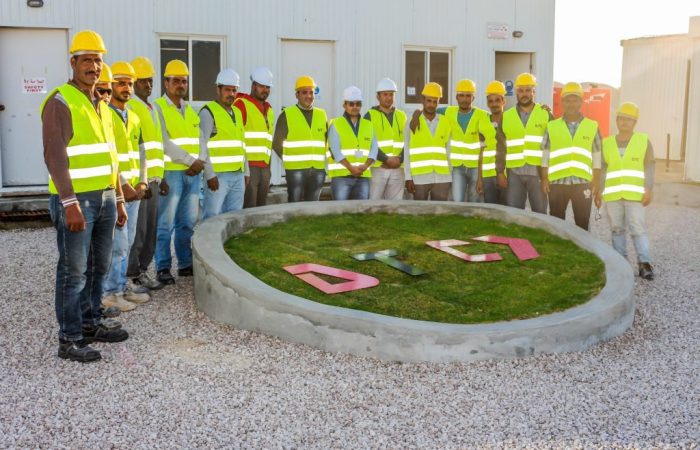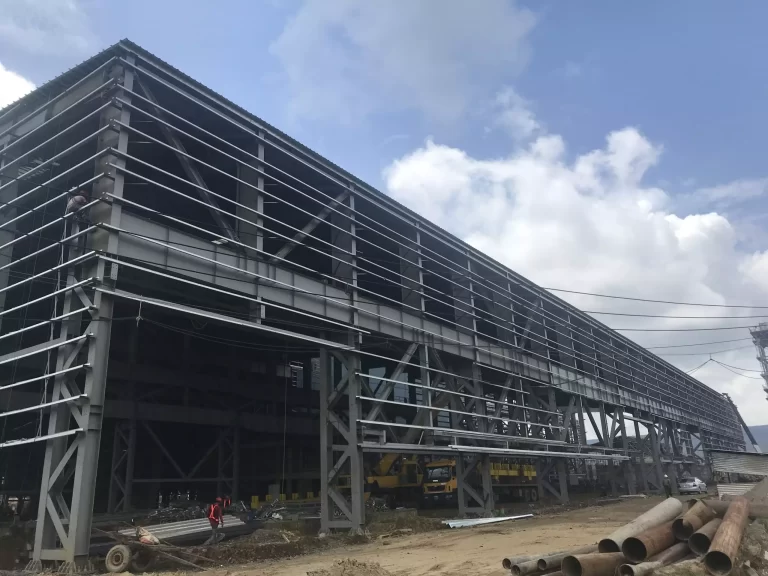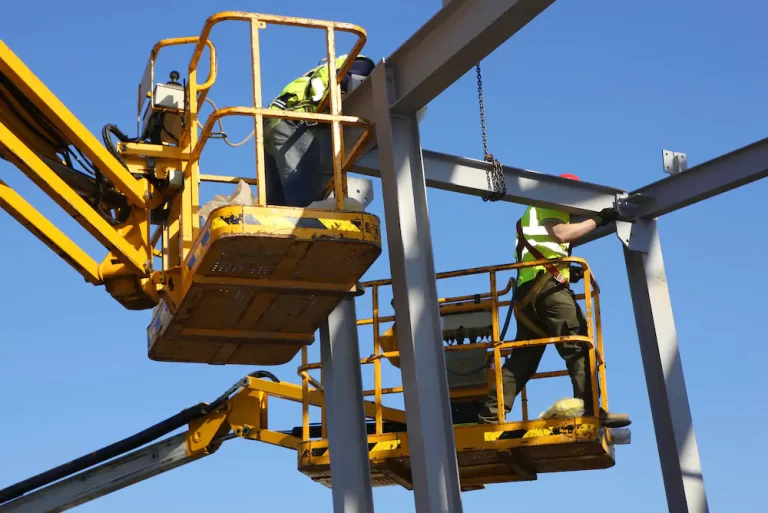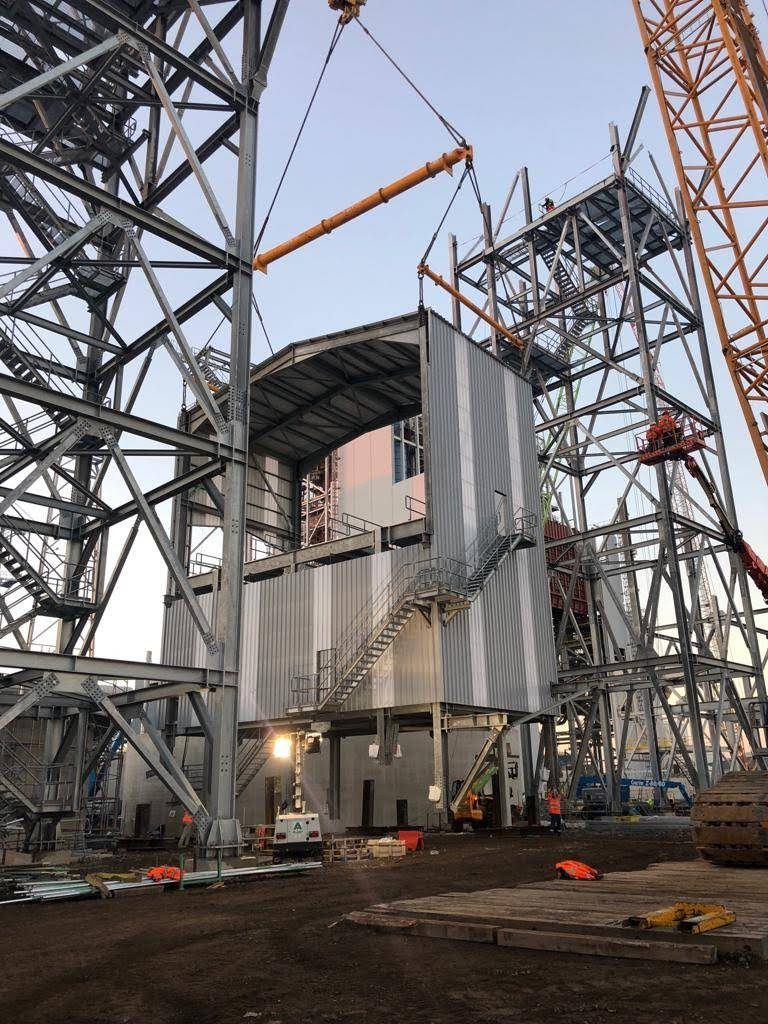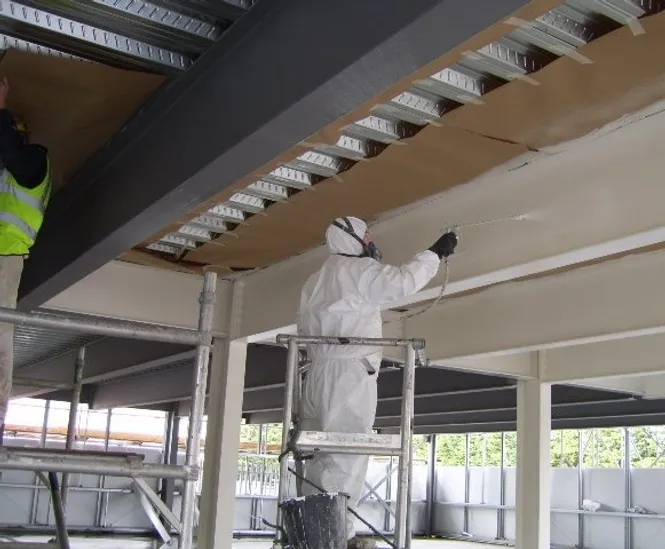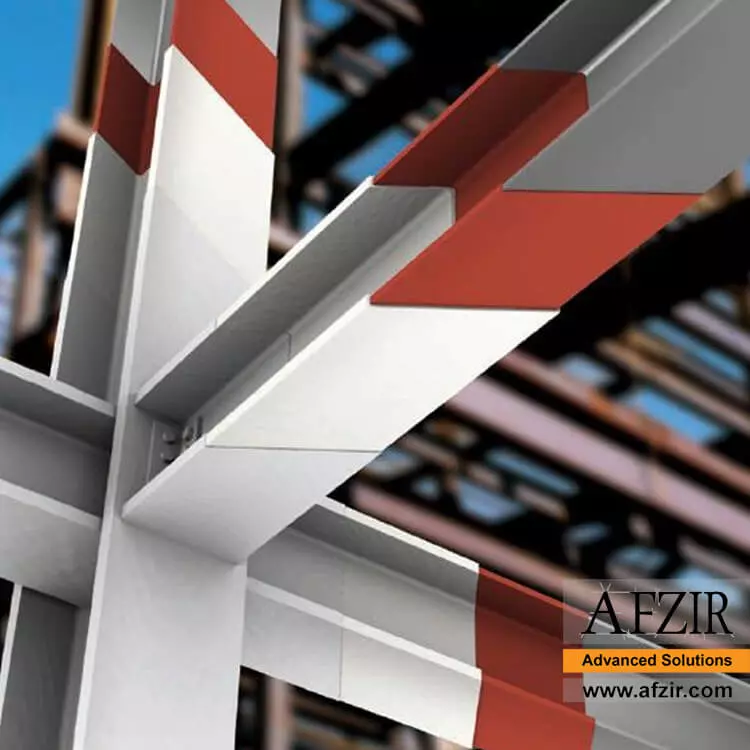The process of planning construction is difficult in and of itself. It demands comprehensive planning and scheduling of a project from the very beginning to the very conclusion.
In order to ensure that the planned project will provide positive results in the future, it is necessary to ensure that it satisfies the intended actions.
The process of planning necessitates the development of a strategy as well as a methodical process. For a manager and his team, the planning phase is the most important step since it involves effective communication.
Life Cycle of Construction Project
In general, a construction project will go through the following five primary phases during the course of its life cycle. After that, the actual construction project starts. The lifecycle is as follows:
Construction Project Initiation Phase
In order to assess whether or not the project is possible and should be done, we must construct and analyze it from the outset. This section identifies the project’s aim or need, which may be a business challenge or opportunity.
The appropriate answer to the issue is outlined in a business case with suggested solution choices.
A feasibility study is undertaken to establish whether each alternative clearly describes the project’s aim, and a final, recommended solution is selected. Many concerns about the project’s viability, such as “can we undertake the project?” and its rationale, such as “should we do the project?” are raised and addressed.
When a solution is accepted, a project to execute the solution is launched. A project manager is engaged for this purpose. The primary deliverables and involved work groups are determined at this stage.
Currently, the project team is beginning to take form. The project manager must then provide permission to proceed to the detailed planning phase.
Construction Project Planning
The planning phase entails developing the project further in order to fulfill its purpose. The team identifies all tasks to be completed. The tasks and resource needs of the project are identified, as well as the plan for producing them. In a larger sense, each activity’s identification and resource allocation are also performed.
Activities, tasks, dependencies, and deadlines are outlined in a project plan. The project manager is responsible for coordinating the production of the project budget by supplying labor, equipment, and material cost estimates.
Typically, project scheduling software. These schedule charts would allow us to monitor the project’s phases as time passes. This concept is also known as “scope management.” The project’s expected budget is utilized to monitor and manage cost expenditures throughout project execution.
Lastly, we demand a document that details the quality plan, including quality objectives, assurance, and control mechanisms, as well as the acceptance plan, which outlines the acceptance criteria that must be completed to receive client approval.
At this phase, the project will have been meticulously designed and is ready for execution.
Execution Phase
This is the implementation phase, during which the project plan is put into action and the work is carried out on-site. During each phase of implementation, it is important to retain control and communicate as required.
Continually monitor progress and make any necessary revisions to account for deviations from the original plan. A project manager spends the majority of their time in this stage. Throughout the course of a project’s implementation, tasks are carried out by individuals who report on their progress at frequent team meetings.
The project manager utilizes this data to maintain control over the project’s direction by matching progress reports to the project plan to evaluate the performance of project activities. If any variation from the previously specified plan is discovered, remedial procedures are taken.
Always the first course of action should be to return the project to its original design. In the event that this is not possible, the team should document deviations from the original plan and document and disseminate updates to the plan.
Throughout this phase, project sponsors and other key stakeholders are kept apprised of the project’s progress in accordance with the agreed-upon frequency and type of communication. The strategy should be regularly updated and accessible.
Always indicate the likely end goal in terms of cost, timing, and quality of deliverables in status reports. Each project delivery must be evaluated for quality and compared to the acceptance criteria.
When deliverables have been created and the client has accepted the final solution, it is stated that the project is ready for completion.
Performance and Monitoring Phase
This phase is concerned with measuring progress and performance to ensure that the project management schedule is being followed. This phase often occurs concurrently with the execution phase.
Completion Project
During the final closure, it is essential to provide the client with the last deliverables, namely:
- Freeing up project assets
- Renewal of supplier agreements
- Delivering project documents to the enterprise
- Inform all stakeholders of the project’s conclusion
Stages of Construction
The following are the seven planning steps involved in construction management:
Pre-design
The pre-design process is taken into consideration and is overseen along with the management team and the members of the designing team, during which time a variety of goals are presented.
During the pre-designing phase, ideas are shaped into constructional designs and are approved for further procedures.
Other components of this phase include the demonstration of the pros/ cons and the requirements of the project, the establishment of the project financing, the arranging of the funds, and the submission to and approval from the Project Advisory Board.
Design
Putting the finishing touches on the design and presenting it to everyone for their input. The objective is to create a plan for the project that adheres to all of the owner’s rules and regulations while staying within the allotted budget.
The designing process consists of a lot of subsidiary stages, the most common of which are the conceptual design, the schematic design, the design development stage, and the contract papers stage.
Procedure of bidding
When the plans have been finalized and are being prepared for construction, the relevant papers will be made available for the construction bidding process. Following examination and approval, the bids are given the go-ahead to go on with the assignment in accordance with the purchase.
Pre-construction
Following the awarding of the contract, the next step is for the owner to provide permission to the contractor to begin working on the project. It requires the recruitment of a project team, as well as a project manager, a construction administrator, a superintendent, and a field engineer.
In addition, an investigation of the site is carried out in order to monitor and evaluate the many processes involved in the building process.
This is a preliminary assessment to determine whether or not there are any environmental hazards, the existence of any historical possessions, and whether or not the state of the land is suitable for supporting a structure in its current form.
Financial help
The labor force, the supplies, and the tools that were acquired in order to carry out the work process. The supplies are acquired by the contractor with the assistance of a purchase order, which outlines in unmistakable terms an agreement that the price of the materials should not exceed the amount that was agreed upon.
Construction of the building
During the stage when the building is being constructed, a decision is made that specifies the working hours of the laborers, the quality check, the storage of materials, and access to the site.
A pre-construction meeting will be held to approve the project and address any potential issues that may occur either within the workforce or on the construction site. The work will start while keeping in mind the available funds.
Occupancy
When we are getting close to the finish of the project, we make it mandatory for our customers to take a tour of their newly outfitted facility.
When the customer moves in, the budget for the project is closed, and the term of warranty coverage for all of the materials and equipment that were utilized for the project begins.
Take Away
Putting the final touches on the building is the responsibility of the last stage of the construction process. This may include the installation of new flooring, painting of the walls, the installation of new worktops in the bathrooms, or the addition of new faucets.
After this phase of construction is over, the rest of the building process will be finished, and you will be left with a stunning structure. We are able to help you with each and every facet of the building process.
A wide range of construction projects benefits from our administrative, design, project management, and project supervision services, as well as our technical competence. You may count on the assistance of every member of our team, which includes construction managers, engineers, and contractors, at every stage of your building project.
Get in touch with us right now to acquire further information about our company, including who we are, the services we provide, and the ways in which we can assist you.

